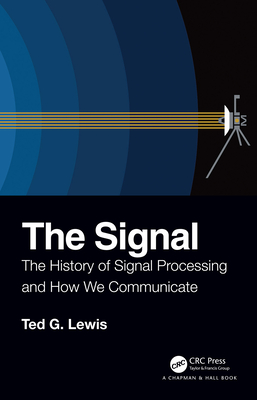The Signal: The History of Signal Processing and How We Communicate
Lewis, Ted G.
- 出版商: CRC
- 出版日期: 2019-05-21
- 售價: $2,160
- 貴賓價: 9.5 折 $2,052
- 語言: 英文
- 頁數: 202
- 裝訂: Quality Paper - also called trade paper
- ISBN: 0367225611
- ISBN-13: 9780367225612
海外代購書籍(需單獨結帳)
相關主題
商品描述
Computers are the foundation of the information age, but communication technology is the foundation of the foundation. Without the theories and practical applications of theory brought to us by the pioneers of communication, the computer age would perhaps have remained in the back office, hidden away as infrastructure like electricity or running water - critical to modern life, but not as transforming as the combination of communications and computing. The information age exploded once machines were endowed with the ability to talk among themselves. The Signal connects everything to everything else, in both communication, and in the metaphorical sense as the link between and among people.
Features
- Identifies the key ideas underlying modern communications technology, and documents the contributions of its inventors
- Explores the signal in communication, and also in the metaphorical sense as the link between and among people
- Leads the reader through a journey from ancient number systems to Voyager II to radio and MP3s to quantum cryptography
- Includes coverage of "Signals from Hell," including memes and "fake news" on the Internet
- Looks to the future of communication, with emergent 5G
作者簡介
Ted G. Lewis was a professor of computer science and Executive Director of the Center for Homeland Defense and Security at the Naval Postgraduate School in Monterey, California. He has previously held a variety of positions within IEEE Computer Science (EIC of IEEE software, EIC of IEEE COMPUTER), industry (CEO Daimler Chrysler Research and Technology NA, Senior Vice President of Eastman Kodak) and academia (University of Louisiana, Oregon State University, Naval Postgraduate School). Lewis is the author of over 30 books and 100 papers on computing, critical infrastructure, and complexity.











